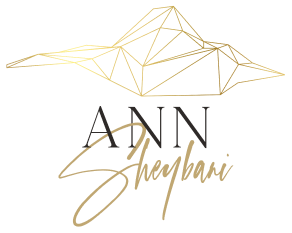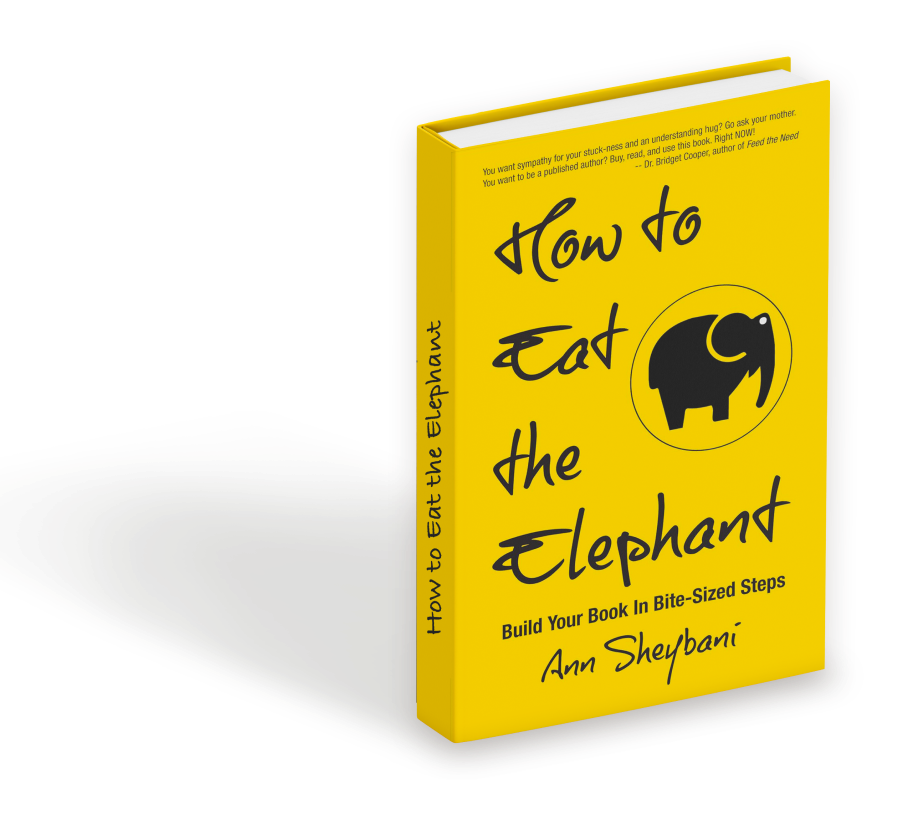I often get questions from folks participating in my Build A Book Bootcamp, a take-it-at-your-own-pace online course I developed quite some time ago. I thought I’d share this question, couched in the very reason for writing a book in the first place, and my response to it because, for those of you writing books for your business, well, this is really quite relevant.
“I want to write this book because I have a lot to say and share. I want to allow my thoughts, ideas and insights to flow out of me and come into physical expression. I want something tangible. Rather than just having the experience of speaking, channeling, and providing insights, I want to create a result. Something I can touch and feel and say, ‘I created that. I birthed that.’ I want to co-create something tangible with the Universe, my Guides, Teachers, and Angels using my Divine Gift of Communication, and Authentic Self-Expression. This book will be a how-to of sorts, and it will position me as an expert and be used for my teaching and marketing. However, I’m not sure how much story I’ll need. Help!”
So here’s what I said to this student:
Readers Want Faces. If you walk away understanding just one thing, let it be this.
I want to take you through my thought process, how I’d approach your project, what kind of stories I’d begin to develop and why.
This is a spiritual/self-help book, not a novel or a memoir. Knowing that, I’m going to pare down some of the sensory details I encourage writers to use because my readers will be looking for a different balance of information vs. scene. They don’t want a self-help book to read like a novel, but they do want to feel like they’re meeting real people, with real thoughts and feelings, in real situations. Readers want faces.
What do I want my readers to experience? Perhaps the sense that they’re divine beings with the power to create at will. How am I going to give them that experience? I’m going to show them how others discovered their divinity and power, how their lives were subsequently transformed.
I’m going to take my readers on a journey with a real person, so they can see exactly how it was done. The best way to do this is by focusing on my clients’ stories. I can even use my own. These will be my case studies. Because, don’t forget, I’m also interested in positioning myself as an expert. If I can show how I helped others uncover these magical gifts, what benefit that provided them, my readers will assume that I can do the same for them. That, my dear, translates into more business.
How might I tell a client’s story to best reveal this inner discovery and transformation? Let me paint her “before” and “after” pictures while showing how I bridged that gap.
Let’s start with the “before” picture. What did her life look like; what pain was she experiencing because she failed to recognize these natural gifts within? Then let me think about what, specifically, I did or said in order to facilitate her discovery process. Finally, what did the transformation look like for her once she discovered these hidden gifts, once she crossed over to the other side? What changed? What pleasure did it bring her, specifically; what pain did it alleviate? Think in terms of problems and solutions, i.e. she had the problem; I provided the solution.
Do you remember how I focused on the word “trapped” when writing my story? How I was curious about where that particular feeling came from? Why it kept repeating itself in my life? Well, we’ve got lots of interesting words to explore in this project description, too, “authentic” being one of them.
These days, authentic is a word that gets tossed around like a football. But what does it really mean? What authentic means to me may or may not be what authentic means to you, or to the guy who picks up my trash on Friday mornings. Why is this word so important? I’d be thinking about my own struggle with authenticity. Maybe I’d think back to a particular moment in time, a moment when I suddenly realized that being a fake was costing me big time, a moment in time when it was far more painful to pretend to be someone I was not than to reveal the real me. Then I’d ask myself the following questions:
1. Where was I?
2. Who was I with?
3. What were we saying?
4. What objects, smells, sights stick out in my mind?
5. What was I experiencing in my body?
Now, to paint that picture, I’m going to allow readers into my world, let them know what that experience looks and feels like through me.
There are probably lots of stories that come to mind for the word “authentic” alone. Know what? I’m going to paint them all—two pages here, one page there—until I have a whole ream of authenticity stories. Because that’s what writing a shitty first draft is all about: Having way more material than is necessary. I want lots of great stuff to choose from, or to cut big swaths from in order to support ideas I haven’t even thought to write about yet.
One by one, I’m going to take on those other amorphous words—Divine Love, light, truth, and abundance—and do the same damn thing. Because this is the language of my tribe, my audience is likely familiar with these words, but they don’t know what these words mean to me, or to my clients. They don’t know the stories behind these words…yet. Once they do, they’ll not only understand the words differently, they’ll understand themselves in a whole new way. They’ll know that I understand them, and their pain. They’ll want to work with me because we speak the same language and yearn for the same things


